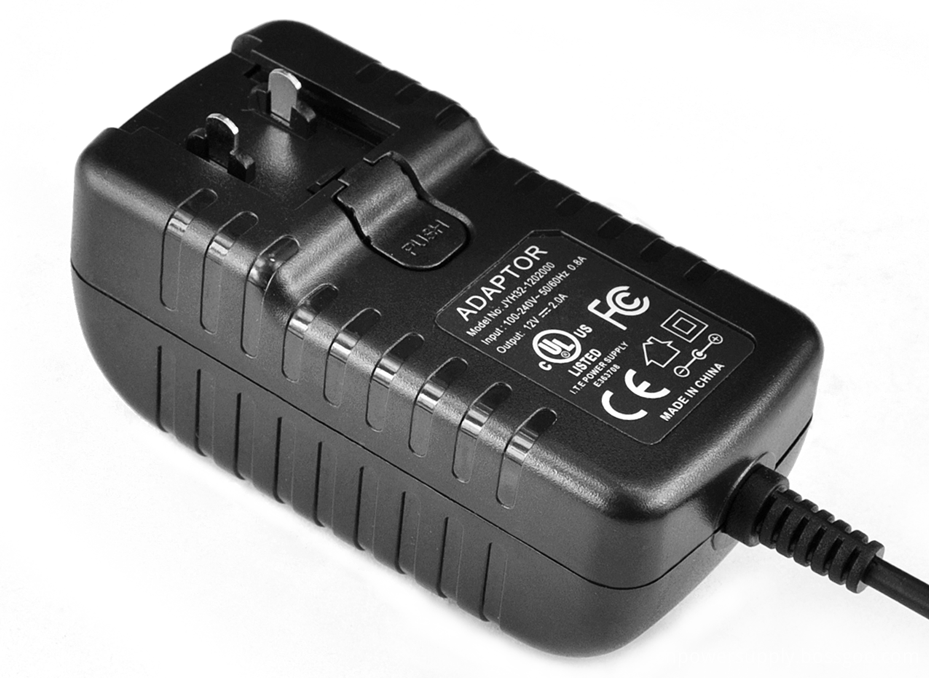Block diagram

Design considerations
Brushless DC (BLDC) Motor Overview
Brushless DC motors have stator windings and permanent magnetic rotors. The winding is connected to the control electronics and there are no brushes and commutators inside the motor. The electrons act like a commutator to drive the appropriate winding; the winding is driven in a moving mode that rotates around the stator. The driven stator winding guides the rotor magnetism.
BLDC motors are more efficient, run faster and quieter, and require electronics to control the rotating field. BLDC motors are less expensive to manufacture and easier to maintain.
Driving a BLDC motor requires a three-phase inverter. The inverter consists of three half-H bridges that control the high and low switches with an auxiliary signal. It is important to have a delay between turning off the high side switch and turning on the low side switch. This will eliminate potential switching shorts.
microprocessor
TI's C2000TM family of MCUs can control BLDC motors by using scalar or vector control techniques. Knowing the rotor position is very important for efficient control of BLDC motors. The position of the rotor can be detected by a Hall sensor or a rotary encoder connected to the motor. These sensor inputs are used in feedback control systems with sensors.
The rotor position can also be estimated by using back EMF voltage information. This feedback control mode eliminates the need for sensors and additional wiring. A position or degree estimator can also be used to calculate the rotor position.
The integrated high-speed 12-bit ADC converter, high-resolution pulse-width modulator (PWM), and quadrature encoder input (QEI) on the C2000MCU make it suitable for BLDC motor control. The C2000MCU core is capable of executing complex mathematical functions in a short period of time, making this MCU family an ideal choice for implementing vector control techniques and controlling multiple motors simultaneously. This family of PWMs has a programmable dead-band delay that drives the high-side and low-side gate drivers. The C2000MCU can also drive BLDC motors by using trapezoidal or sinusoidal controls.
The Stellaris® family of MCUs provides ARM-based solutions to customers who prefer an open architecture core. These MCUs also provide integrated ADC, motor control specific PWM and QEI inputs for sensor control. Its hardware-based fault detection system shuts down the system faster, without software intervention. These MCUs can also be used to implement scalar and vector control techniques.
Based on a 16-bit RISC architecture, the MSP430 device features ultra-low power operation in both active and sleep modes. These MCUs can be used for BLDC motor control by using scalar technology that accepts lower performance. The integrated driver can be configured as a PWM output and can control the gate driver via trapezoidal control.
Hercules® Safety MCUs offer ARMCortex-R4f-based solutions and are certified for use in systems that require IEC61508SIL-3 security. These MCUs also offer integrated floating point, 12-bit ADC, motor-specific PWM and encoder inputs via a flexible HET coprocessor. Hercules Safety MCUs can also be used to implement scalar and vector control techniques and support a wide range of performance needs.
isolation
TI digital isolators feature logic input and output buffers that are isolated by TI's silicon dioxide (SiO2) isolation barrier to provide 4kV isolation.
When used with isolated power supplies, these devices block high voltages, isolate ground, and prevent noise currents from entering the local ground and interfering with or damaging sensitive circuitry.
Interface/connection
Traditional analog RS-232/RS-485 interfaces have always been a common choice for motor control applications. Looking ahead, designers will integrate mainstream interfaces such as Ethernet, USB and CAN into their products.
TI is committed to providing solutions for both traditional and emerging industrial interfaces. For example, TI recently introduced the world's first isolated CAN transceiver ISO1050.
Power management
Texas Instruments offers power management IC solutions ranging from standard ICs to high performance plug-ins, transformers, digital power MOSFETs and integrated power modules. From AC/DC and DC/DC power supplies, linear regulators and non-isolated switching DC/DC regulators to PMIC and power and display solutions, Texas Instruments' power management IC solutions can help you with Project Development.
48V detachable plug power adapter with 6 interchangeable plugs, were wildly used for tablet, bluetooth speaker, massage chair, humidifier, juice extractor, coffee machine, small household appliance, fingerprint scanner, CCTV camera-etc. For this 48V detachable plug power adapter, there are 6 different plugs types –Chinese plug, US plug, European Union plug, Korea plug, Australia plug and UK plug, you can only take a 48V wall power adapter with you when you traveling among these 6 countries/regions. And we can also make more plugs if you tell us your specific requirement.
All our 48V wall mount Detachable Plug Power Adapter were get through 100% full-load burning test for at least 2 hours, and 3000Vac withstanding voltage test for 1 minutes.

48V Detachable Plug Power Adapter
48V Detachable Plug Power Adapter,48V Detachable Plug Switching Power Adapter
Shenzhen Juyuanhai Electronic Co., Ltd. , https://www.powersupplycn.com